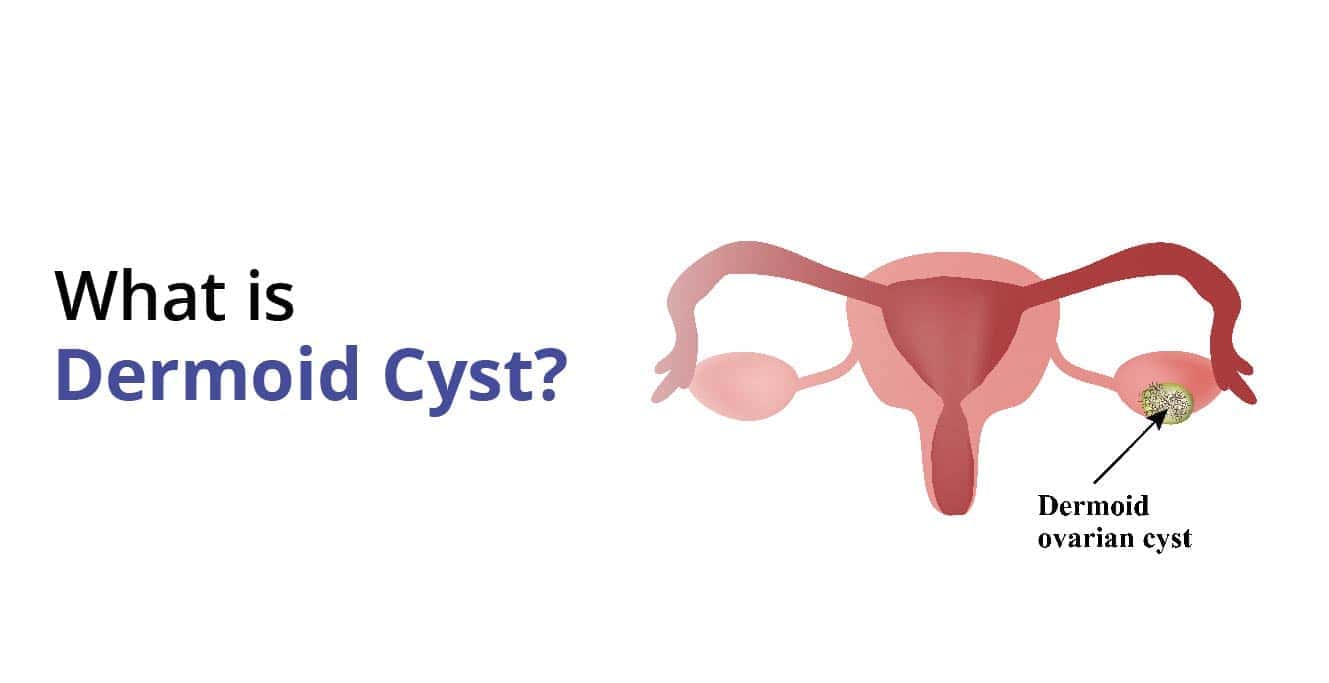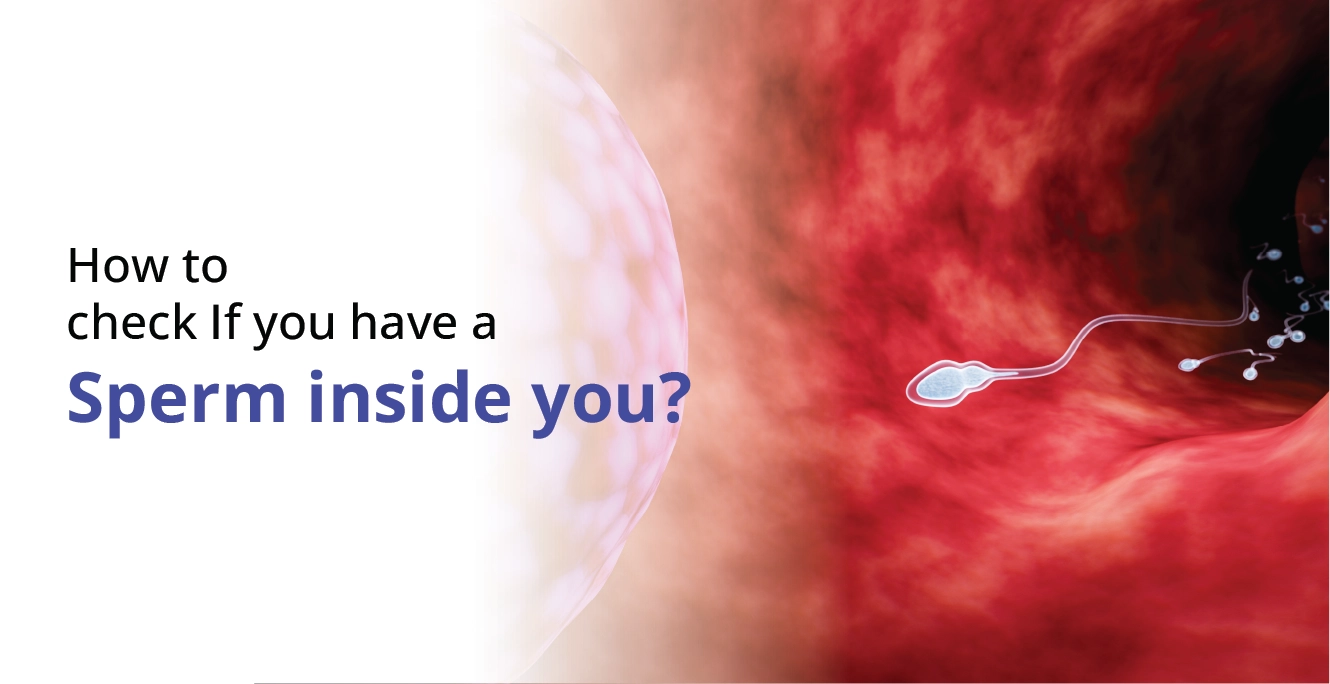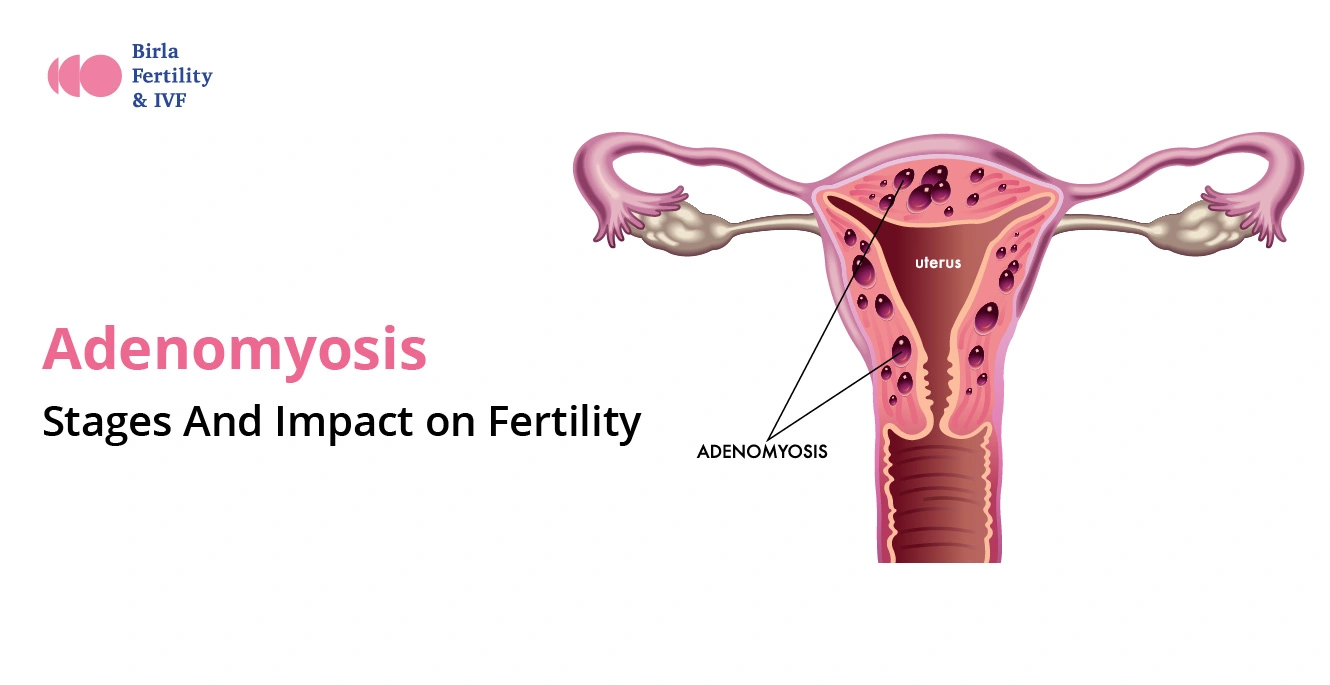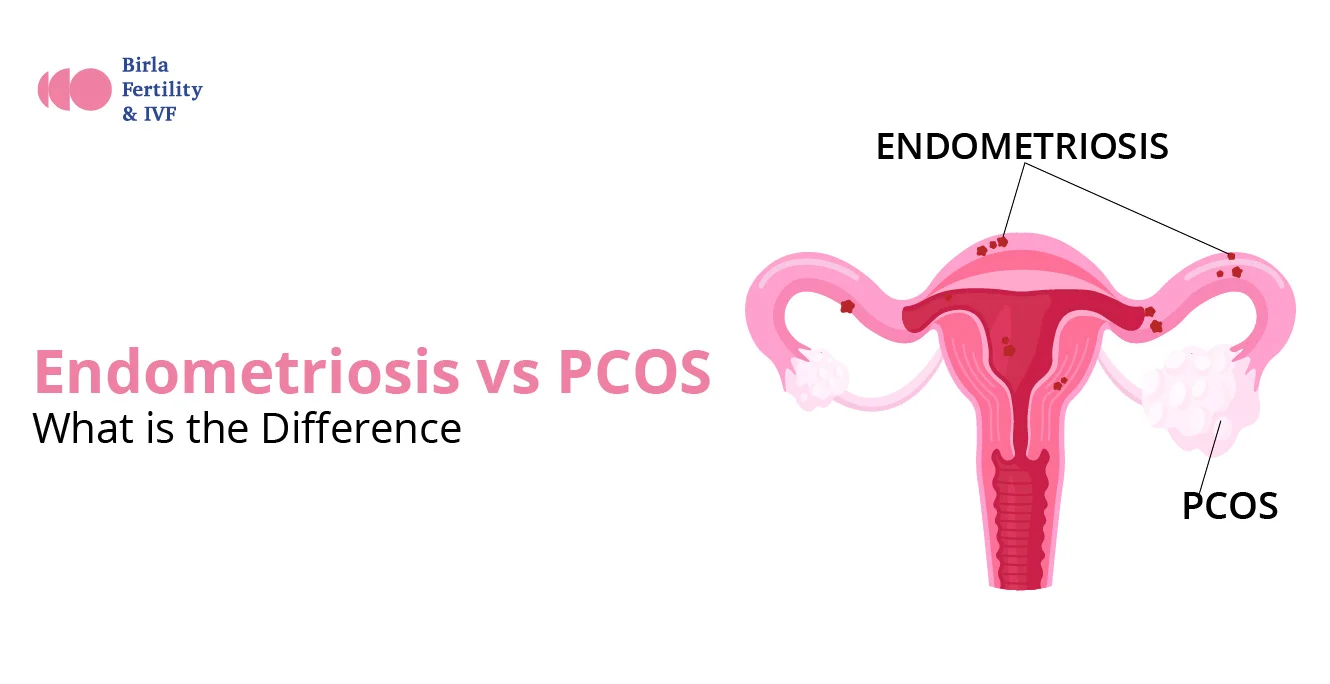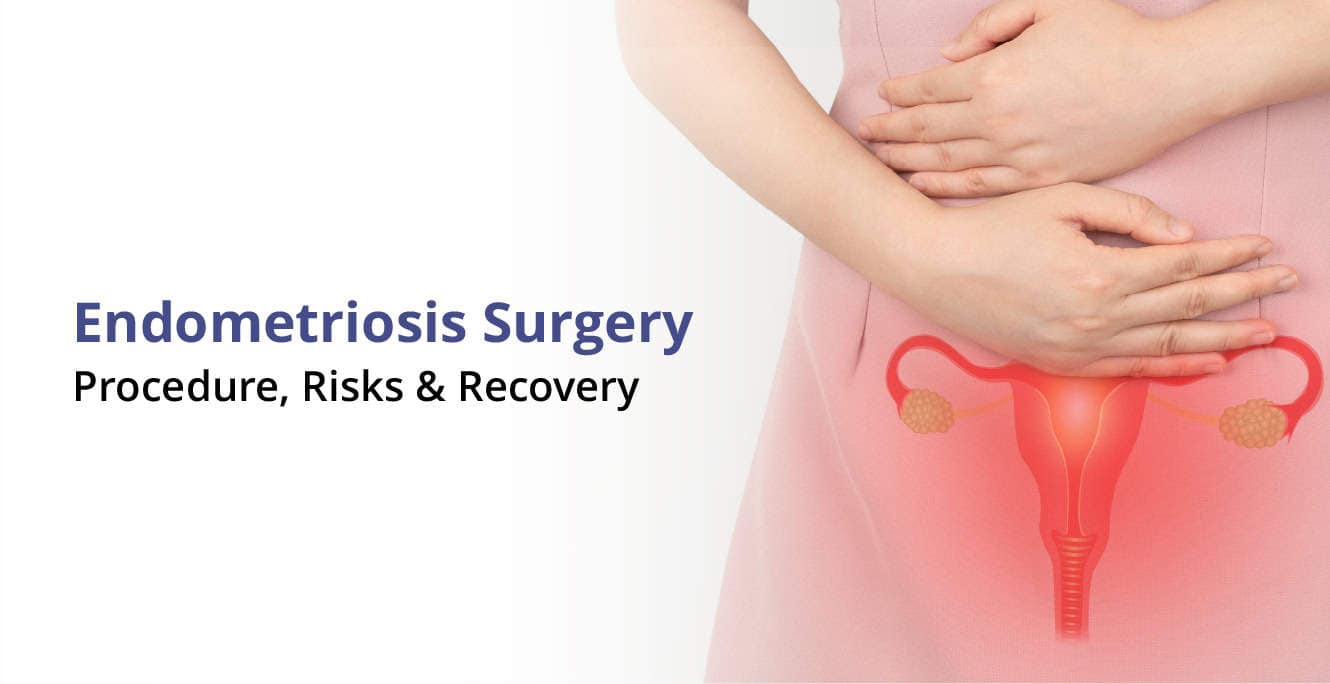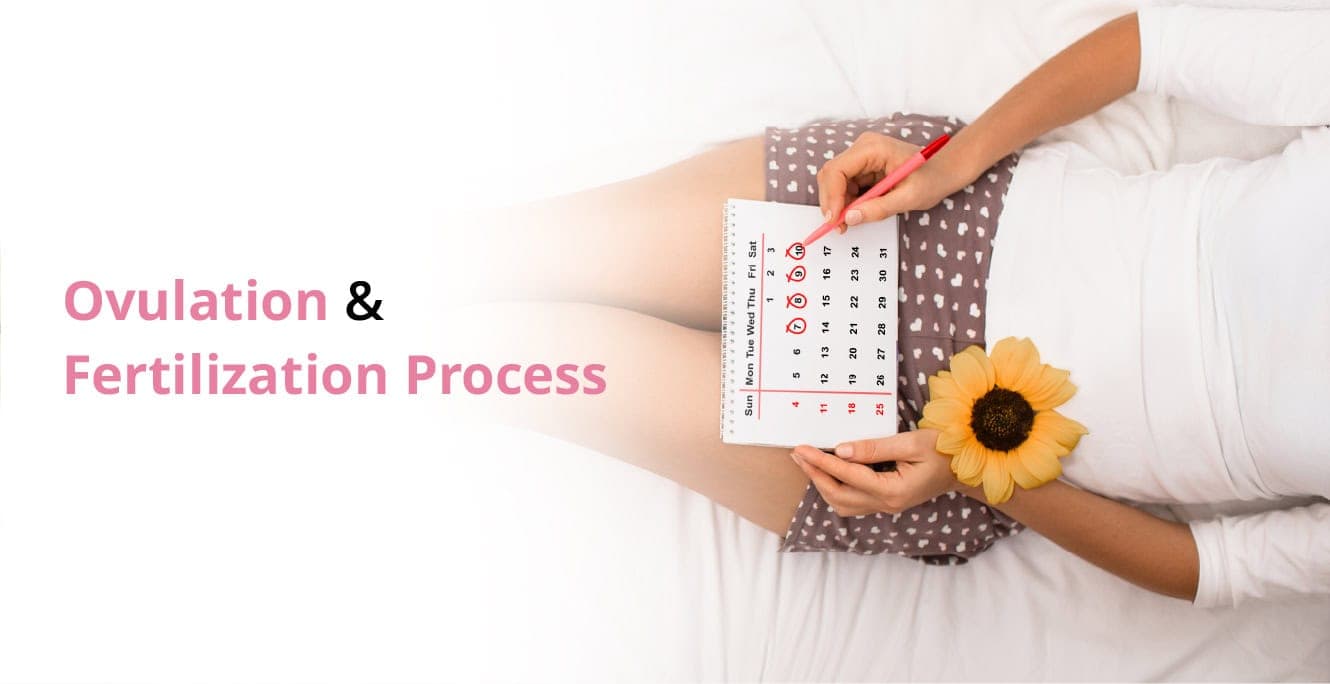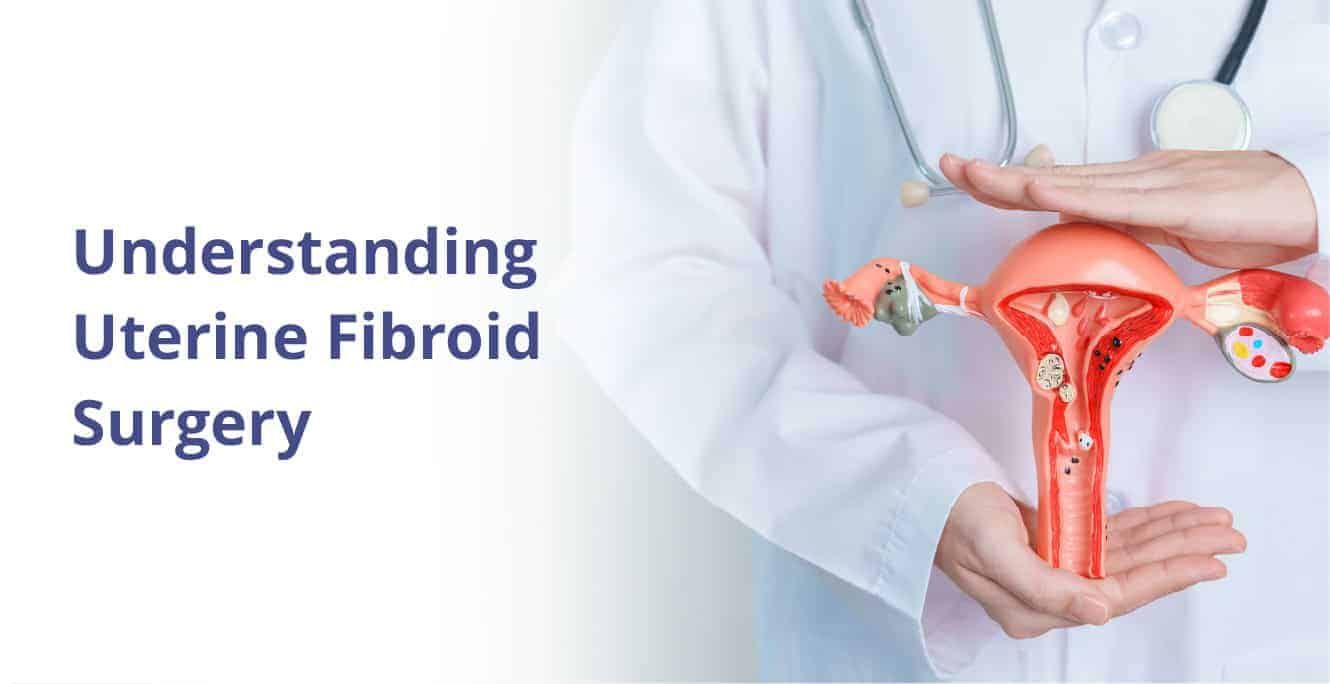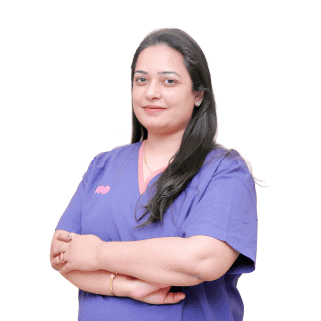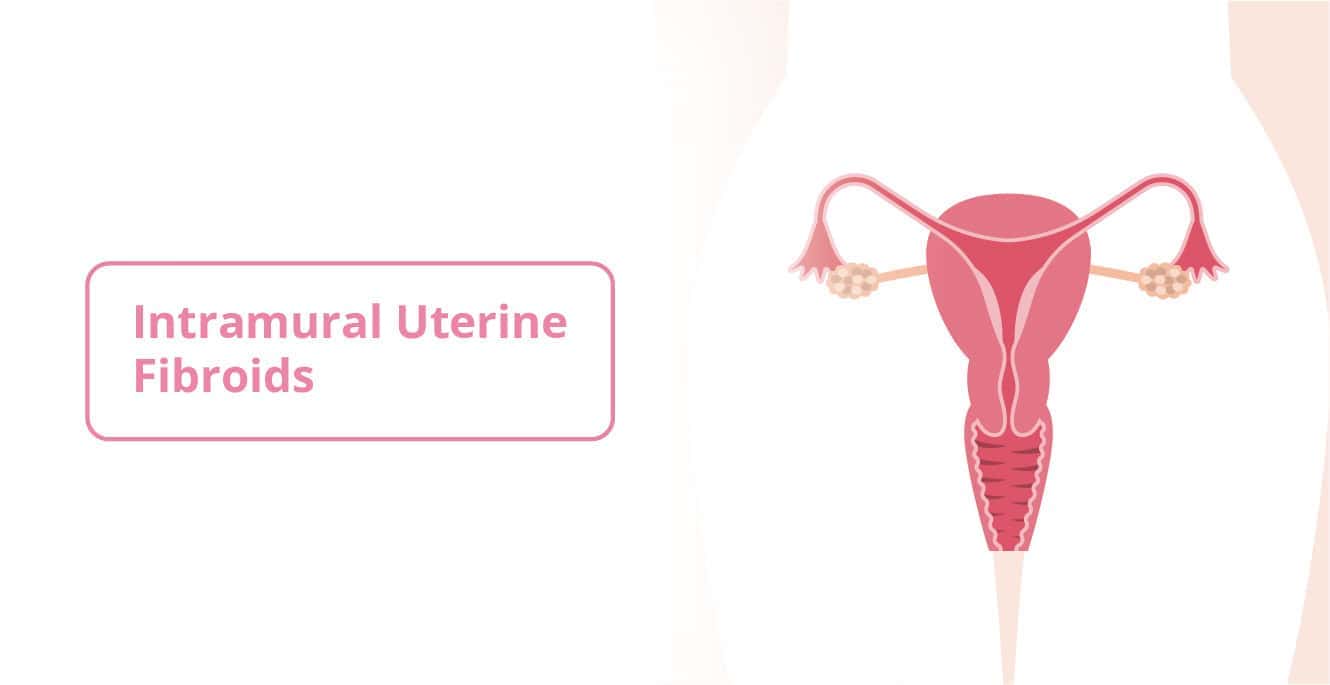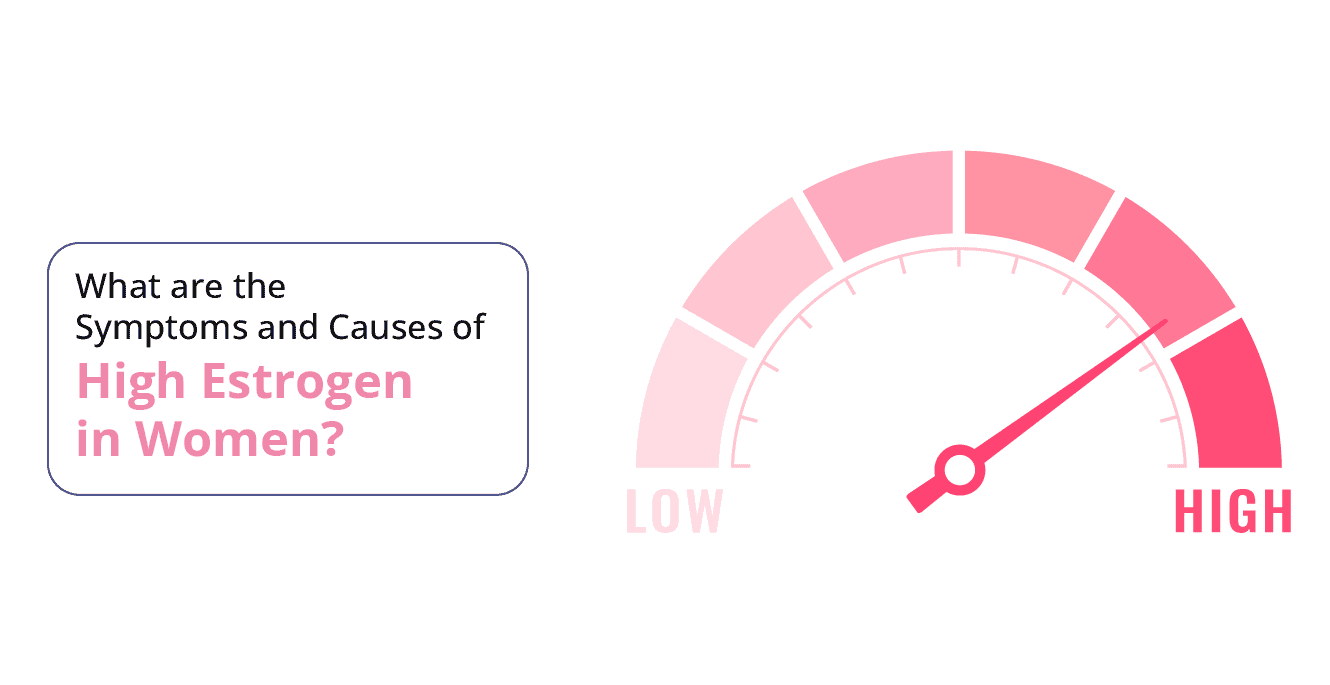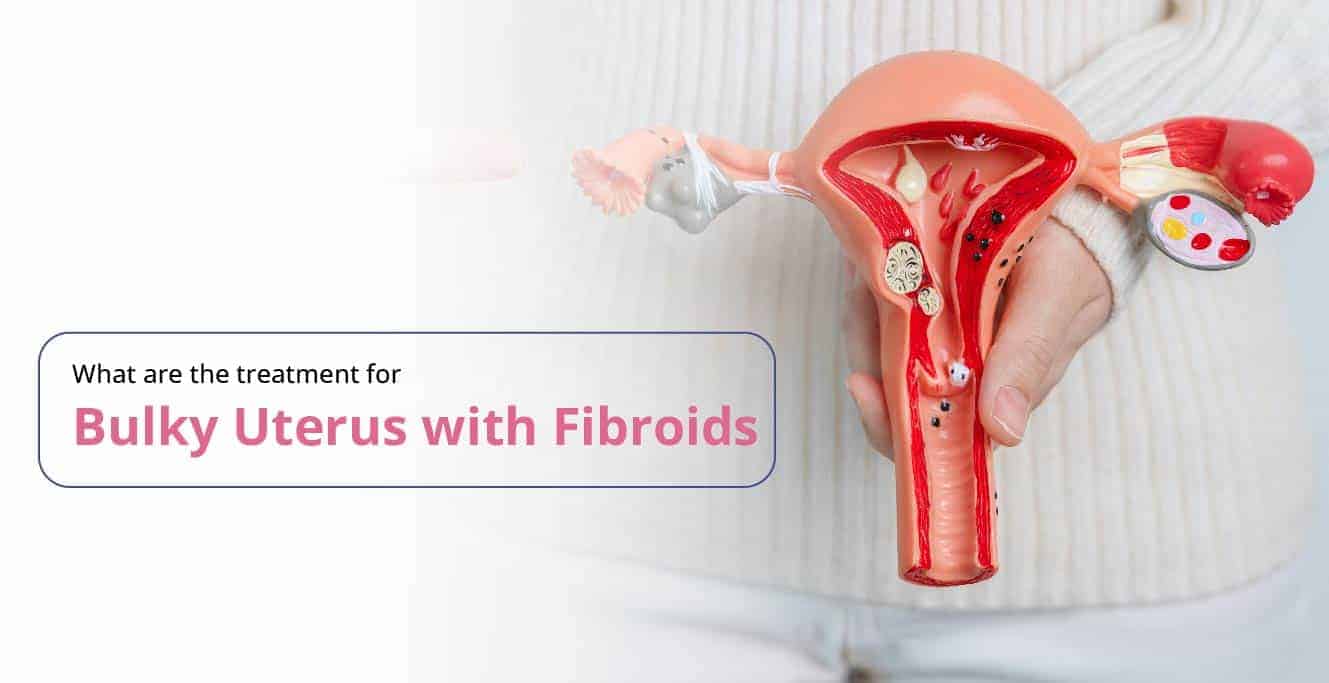Are you worried about dermoid cysts and wondering what they are? Dermoid cysts are slow-growing, benign growths that are mostly harmless and can develop in any part of the body including the ovaries, brain, spinal cord, and sinuses. You will be surprised that many people have them without any symptoms. But this is not the same for everyone. In this blog, we will walk through the details of dermoid cysts, their types and what are the common symptoms. We will also understand their impact on our health and specifically the impact of ovarian cysts on a female’s fertility.
What is a Dermoid Cyst?
A dermoid cyst is a benign cutaneous growth filled with tissues normally found in bone, hair, oil glands, skin, or nerves. They may contain a greasy, yellowish material. These cysts are enclosed in a sac of cells and often grow in or under the skin.
Dermoid cysts can grow anywhere in your body, but they are more likely to form in the neck, face, head, or lower back. They can also be found in the testicles or ovaries. They are generally non-cancerous and tend to grow slowly.
Types of Dermoid Cysts
There are different types of dermoid cysts, some of which are more common than others. More than 80% of these cysts occur on the head and neck, but they may also occur elsewhere.
Periorbital Dermoid Cysts
This type of cyst generally forms near the outside edge of your left or right eyebrows. Often present at birth, these cysts may or may not be obvious for several months or even years after birth. They hardly show any symptoms and pose little to no health risks.
Ovarian Dermoid Cysts
As the name suggests, ovarian dermoid cysts form in or around your ovaries. These cysts are typically unrelated to a woman’s menstrual cycle, unlike other kinds of ovarian cysts. A dermoid cyst in the ovary is congenital and present at birth. However, it may not be detected until years later since it is mostly asymptomatic and has no major health risks.
Spinal Dermoid Cysts
Spinal dermoid cysts are slow-growing, benign growths in the spine. These cysts do not spread and are non-cancerous. However, they may cause issues by compressing important structures like spinal nerves or the spinal cord. The risk of rupture cannot be completely ruled out.
Epibulbar Dermoid Cysts
These dermoid cysts are benign and tend to be firm. They may be pinkish or yellowish. Their sizes can range from a few millimetres to more than a centimetre.
Intracranial Dermoid Cysts
Intracranial dermoid cysts are lesions that are slow-growing, congenital cysts in the brain. They are usually benign and occur rarely. However, they can cause problems on rupturing.
Nasal Sinus Dermoid Cysts
These dermoid cysts are among the rare ones to occur. These lesions form in the nasal sinuses and can take the form of cysts, sinuses or fistula in the nasal cavity, which could lead to further complications.
Sublingual Dermoid Cysts
A sublingual dermoid cyst is a rare, benign swelling in the floor of the mouth, beneath the tongue. It develops from trapped skin or epithelial cells and may contain hair, skin tissue, or oily material. Dermoid cyst USG is commonly used for diagnosis, and surgical removal is the only definitive treatment.
Implantation Dermoid Cysts
An implantation dermoid cyst is a rare kind of cyst that forms when skin or surface cells accidentally get trapped under the skin – often after an injury, surgery, or cut. Over time, these trapped cells grow and can form a lump that may contain hair, skin tissue, or oily material. Unlike ovarian dermoid cysts, which develop in the ovaries, implantation dermoid cysts are usually found just under the skin or near old scars. They are usually diagnosed with a dermoid cyst USG or other scans, and the only way to treat them is through surgery, as they don’t go away on their own.
Common Locations of Dermoid Cysts
Dermoid cysts can form in various parts of the body, often remaining undetected until they grow large enough to cause symptoms. The most common locations include:
- Brain: Found near the base of the brain or frontal lobes, these cysts may cause headaches, seizures, or vision issues if they grow large.
- Sinuses: Developing in the paranasal sinuses, they can lead to nasal congestion or recurrent sinus infections.
- Spinal Cord: Often forming in the lower spine, these cysts may press on nerves, causing pain, numbness, or weakness in the legs.
- Ovaries: Ovarian dermoid cysts can grow unnoticed but may cause abdominal pain, bloating, or complications like ovarian torsion if they become large.
Causes of Dermoid Cysts
Dermoid cysts are congenital and already present at birth. They form when skin structures do not grow properly as they should and become trapped during the fetal development stage in the uterus.
Skin cells, tissues, and glands sometimes accumulate in a sac in a fetus, leading to the formation of dermoid cysts. These lesions may contain many skin structures, including sweat glands, hair follicles, teeth, nerves, etc.
Symptoms of Dermoid Cysts
Dermoid cyst symptoms depend on their size and location. Many remain asymptomatic, but larger cysts may cause:
- Swelling or a noticeable lump at the affected site
- Pain or discomfort if the cyst presses on nearby tissues
- Infection risk, leading to redness, tenderness, or drainage in rare cases
- Pressure symptoms, such as difficulty in movement or organ compression
- Ovarian dermoid cysts may cause pelvic pain, bloating, or pressure on the bladder or bowel. In some cases, they can lead to irregular periods or complications like ovarian torsion, requiring urgent care.
Dermoid Cyst Diagnosis
Depending on the cyst’s location, a doctor can use different methods for diagnosis.
- Physical examination
Cysts that are close to the skin’s surface are visible to the naked eye and can be physically examined and diagnosed by a medical professional.
- MRI/CT Scan
Non-invasive tests like MRI or CT scans can reveal the presence of cysts. These tests are useful to diagnose dermoid cysts that are located near sensitive areas, like arteries.
These tests are especially useful in diagnosing spinal cysts that may be near a nerve.
- Pelvic ultrasound/transvaginal ultrasound
If your doctor thinks you might have an ovarian dermoid cyst, they may suggest a dermoid cyst USG to check for it. This is a simple, painless scan that uses sound waves to create clear pictures of your ovaries and spot any cysts. Sometimes, a transvaginal USG is done for an even closer look, which helps in detecting and assessing the cyst more accurately.
Who Can Develop Dermoid Cysts?
Dermoid cysts are congenital, meaning they are present at birth. However, they might not be detected until later in life, depending on their location and growth rate. While they can affect individuals of any age or sex, certain types, such as ovarian dermoid cysts, are specific to females.
Treatment of dermoid cysts
The treatment for dermoid cysts usually involves surgical removal, depending on their size, location, and symptoms. In many cases, minimally invasive procedures are preferred to reduce scarring and recovery time.
Common Treatment Approaches
- Surgical Excision: A standard procedure for removing dermoid cysts, often performed under local or general anaesthesia. The incision size depends on the cyst’s location and size.
- Laparoscopic Surgery: A minimally invasive approach used for cysts in areas that are accessible, ensuring a quicker recovery.
- Microsurgery: Used for cysts in delicate areas, such as the brain or spinal cord, where precision is crucial.
- Monitoring: Small, asymptomatic cysts may be observed over time to check for changes in size or symptoms.
Ovarian Dermoid Cyst Treatment
Ovarian dermoid cyst removal is done through ovarian cystectomy, often using laparoscopy if the cyst is small. However, for larger cysts, oophorectomy (removal of the ovary) may be required. In some cases, other ovarian conditions, such as hemorrhagic ovarian cysts, may also need evaluation. Regular follow-ups with a gynaecologist are essential for managing such cases.
What Happens if Dermoid Cysts go Untreated?
Since dermoid cysts are mostly harmless, some people choose to leave them untreated. However, they may continue to enlarge without treatment and may cause complications in the long run. Untreated dermoid cysts may lead to:
- Growth and rupture (bursting open)
- Pain and swelling
- Infections and scarring
- Damage to nearby bones
- Injury to nerves and the spinal cord
- Twisting of the ovaries (ovarian torsion)
Dermoid Cysts and Fertility
- The impact of dermoid cysts on fertility largely depends on their size and location.
- Small ovarian dermoid cysts typically do not cause female infertility. However, larger cysts can interfere with ovarian function and may disrupt ovulation.
- Significantly large cysts can exert pressure on the ovaries, potentially hindering the release of eggs during the ovulation cycle.
Surgical Considerations for Dermoid Cyst Removal
When a dermoid cyst requires surgical removal, careful planning is essential to ensure the best possible outcome. Here’s what to consider at each stage:
Before Surgery
- Medical Evaluation: Your doctor may recommend blood tests, ultrasounds, MRI, or CT scans to assess the cyst’s size and location and to rule out malignancy.
- Fertility Planning: If the cyst is ovarian, discuss options to preserve fertility, especially if you are planning a pregnancy in the future.
- Surgical Approach: Depending on the size and complexity, the procedure may be laparoscopic (minimally invasive) or open surgery (laparotomy). Laparoscopy is preferred for faster recovery but may not be suitable for large cysts.
During Surgery
- Cyst Removal: The surgeon carefully excises the dermoid cyst while preserving as much healthy tissue as possible, particularly in ovarian cases.
- Risk Management: Care is taken to avoid rupturing the cyst during removal, as leakage of its contents can cause inflammation.
- Tissue Analysis: In some cases, a sample may be sent for biopsy to confirm that the cyst is benign.
After Surgery
- Recovery Period: Laparoscopic surgery allows recovery in 1–2 weeks, while open surgery may take 4–6 weeks. Following post-op care speeds up healing.
- Fertility Impact: Most women retain normal fertility, but if ovarian tissue is removed, ovulation may be affected. Those nearing menopause should discuss hormonal changes with their doctor.
- Monitoring for Recurrence: Though rare, dermoid cysts can regrow. Regular follow-ups help detect recurrence, especially for ovarian, spinal, or brain cysts.
Recurrence of Dermoid Cysts After Surgery
The likelihood of dermoid cysts recurring after surgery depends on the location, surgical approach, and whether any cyst remnants were left behind.
- Ovarian Dermoid Cysts: About 3–4% may recur, especially if remnants are left behind. Regular follow-ups help detect any regrowth early.
- Influence of Surgical Approach: Laparoscopic removal, though minimally invasive, may carry a slightly higher recurrence risk than open surgery if cyst remnants remain.
- Other Locations: In the brain or spinal cord, complete removal can be challenging, making recurrence more likely over time, and requiring periodic monitoring.
Word From an Expert:
“Your greatest wealth is your health.” Taking charge of your health starts with understanding your body and dermoid cysts are no exception. These cysts, though often harmless, deserve attention, especially when they grow or cause discomfort. For ovarian dermoid cysts, regular monitoring and timely intervention can help prevent complications. If surgery is needed, discussing the best approach with your doctor can minimise risks. While recurrence is rare, follow-up care ensures long-term well-being.~ Dr. Prachi Benara
FAQs
1. Is dermoid cyst a tumour?
Yes, it is a type of tumour.
2. How serious is a dermoid cyst?
They are usually harmless. However, some may cause complications due to their location and/or size.
3. Can dermoid cysts turn cancerous?
They are mostly benign but can turn cancerous in rare cases.
4. What are dermoid cysts filled with?
They are filled with tissues containing skin, hair, and nerve cells.
5. Do dermoid cysts run in families?
Dermoid cysts are not generally hereditary but may run in families in rare cases.


